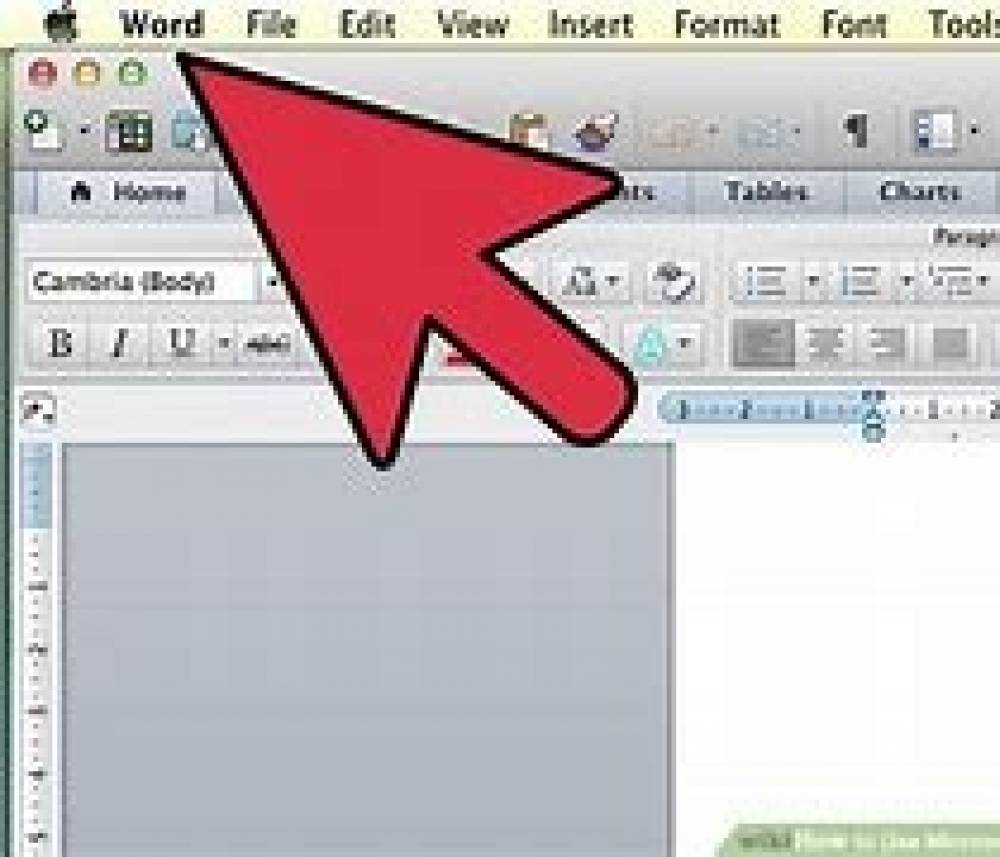
How To Make Use Of Outline View In Microsoft Word
How To Make Use of Outline View in Microsoft Word
Outlines are very useful, helping you to create your business documents, your lengthy tutorials, and even your books. With Microsoft Word, you can make use of the outline view for laying your main points in a structured format.
Using Outline View in Microsoft Word
1. Getting started, you should simply enable the outline view by going to the View tab and choose “Outline” in the Views section of the ribbon.
2. Unlike the print or web layout view in Word, the outline view has its own set of tools in the ribbon. On the Outlining tab, these will allow you to do work with your outline levels and also any documents that you need to embed.
3. When you have your outline tools, by default, you will start with the Level 1, and then you willl always be aware of which level you are making use of by looking at the “Outline Level” in the drop down box that is located at the left side of the ribbon. Also you can use the drop down list to change your current level.
4. On each of the Outline Level box side, you have arrows. The ones on the right hand side allow you to decrease or to demote one level (single arrow) or as body text (double arrow). The arrows that is located on the left side allows you to increase or to promote one level (single arrow) or to the highest level (double arrow).
5. So now you can make use of the Outline Level drop down box or use the arrows on either of the sides to switch to the level you need.
6. Below the level tools, you there will be some items to rearrange. With the up and the down arrows, you can start moving items in the direction you want. This will allow you to easily rearrange your points.
7. The plus and minus signs there will let you expand and to collapse levels. For those lengthy outlines, this can help you to collapse levels that you do not need at the moment and then expand those ones that you do.
8. Another tool that is convenient for focusing on particular levels is the “Show Level” drop down list. The list allows you to pick the level you want to view. For instance, if you select the Level 3 in the drop down box, you will see the Level 1, Level 2, and the Level 3 only. It will hide everything from the Level 4, Level 5, and so on.
9. The two other options in the Outline Tools section are the “Show First Line Only” and the “Show Text Formatting.” If you prefer viewing your outline without formatting your document for a plain appearance, just uncheck that box. If what you have is lengthy items within your levels and you only want to see the first line, then check that box.
Master Document Tools
1. To include the subdocuments, simply tap the “Show Document” in the ribbon to expand that section of controls.
2. This is very handy if you have, for an example, a business document and you want to include a separate file like a contract, a vendor agreement, or a statement of work.
3. Tap “Insert” if you already have a saved file that you wish to browse out and embed, or you can just “Create” if you prefer to just make one on the go.
4. Once you have the subdocument embedded, you can use the “Collapse Subdocuments” button to collapse the document’s content and to also only show a link to it.
5. This button will then change to “Expand Subdocuments” to quickly expand the item and then allow you to view its content again.
Courses and Certification
Microsoft Office Course and Certificate
Microsoft Project Course and Certificate

